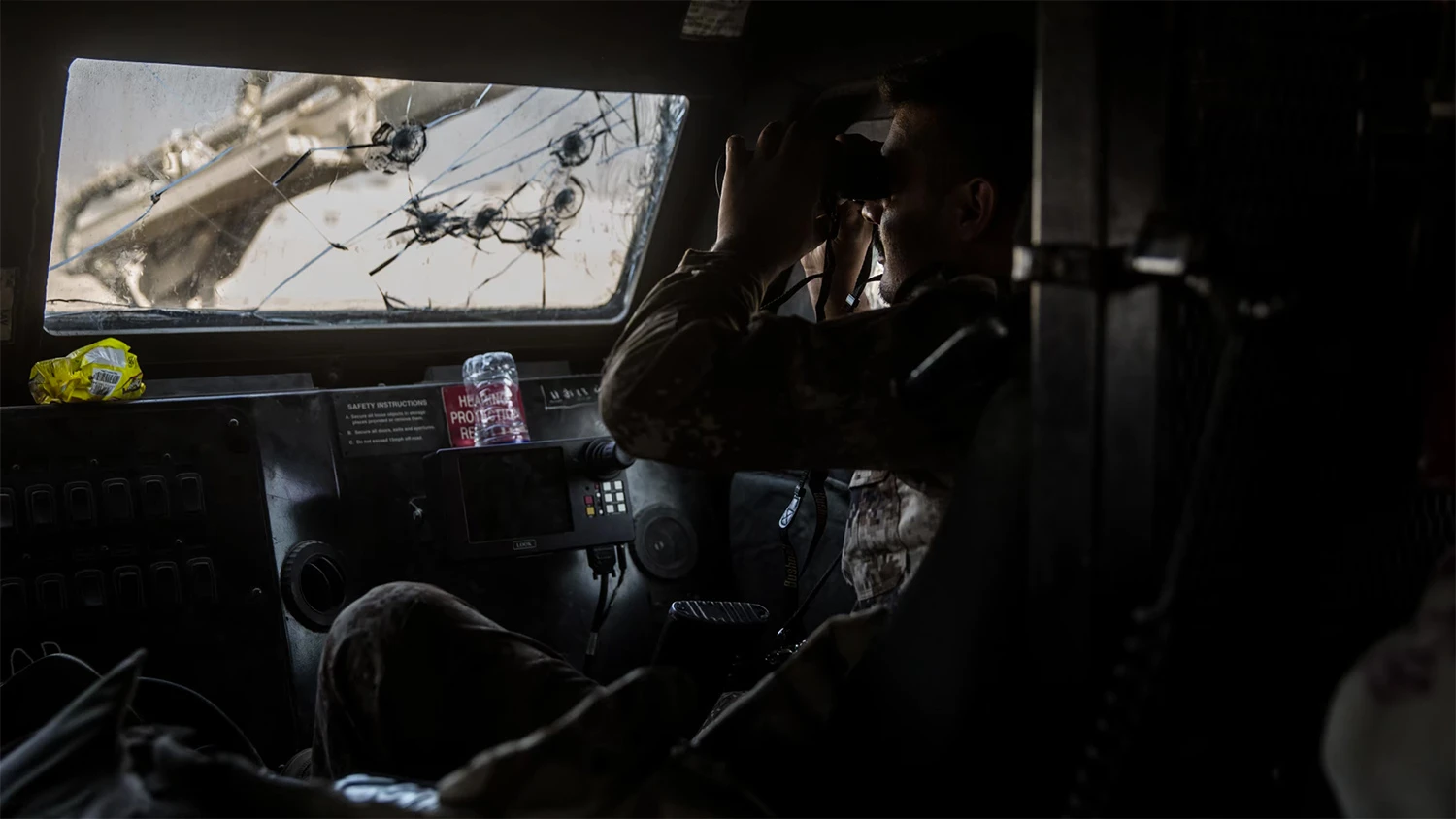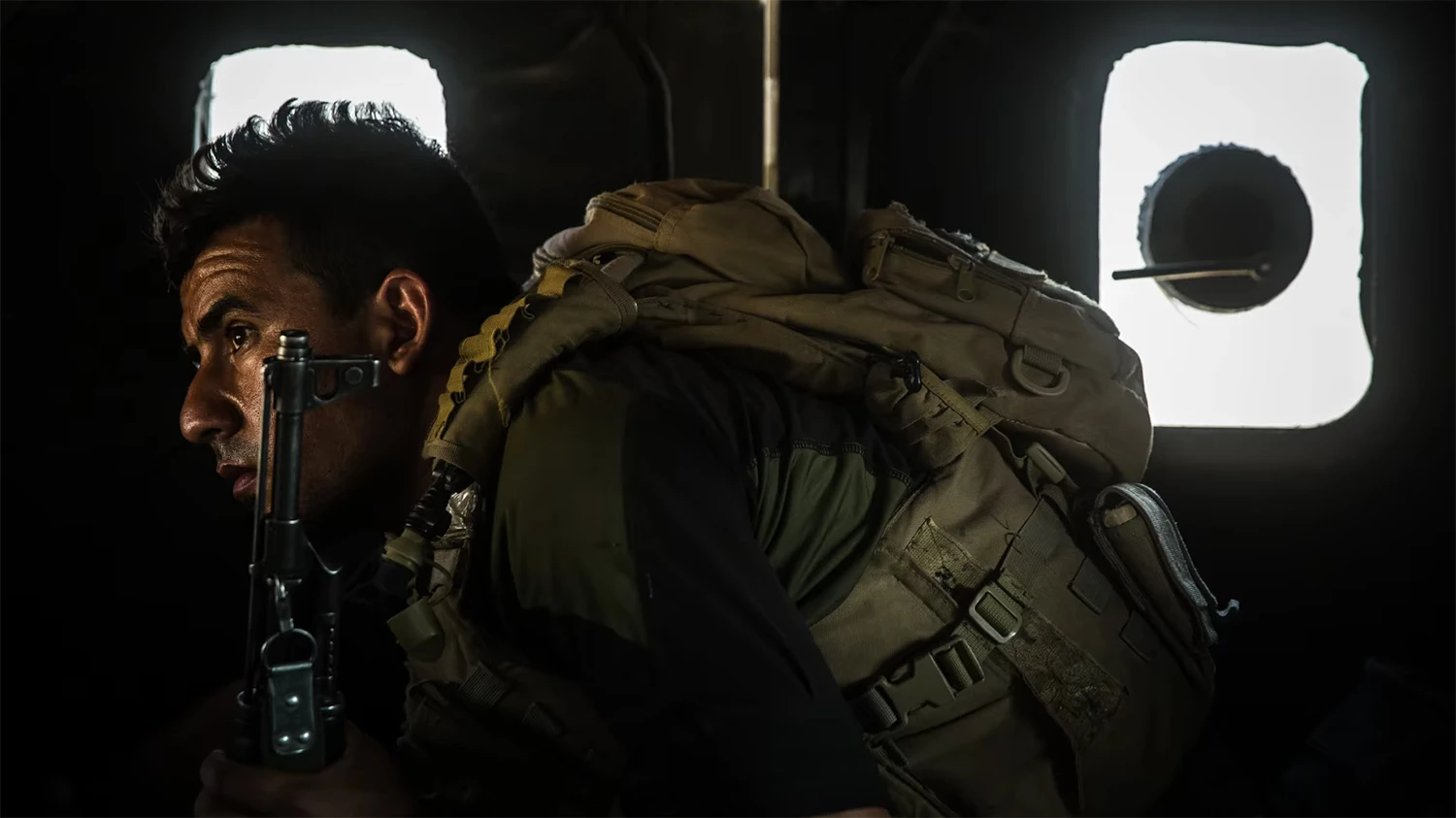Back in February, The New York Times debuted its first-ever Oscars ad, a simple spot–just black type on a white screen–that came down to one conclusion: The truth is hard, and it’s more important than ever. Today, the Times launched the next phase of its “Truth Is Hard” campaign by giving us a peek into the process behind some of the striking images we see in its pages and online every day.
Created by agency Droga5 and directed by Darren Aronofsky, the new ads take us on the photographic journey behind two stories, accompanied by commentary from Times photojournalists Tyler Hicks and Bryan Denton, from their time covering the refugee crisis in Greece and ISIS in Iraq, respectively.
The simple, powerful spots clearly illustrate how much effort, dedication and considered thought goes into the work these journalists do, despite the blithe criticism lobbed its way from as high as the White House.
For first time the failing @nytimes will take an ad (a bad one) to help save its failing reputation. Try reporting accurately & fairly!
— Donald J. Trump (@realDonaldTrump) February 26, 2017
These ads, along with two more set to debut next week around feature stories from Chicago and Venezuela, are the advertising equivalent of that infamous Page One scene, when David Carr takes the Vice guys down a peg, illustrating the extent to which these journalists go to get the stories the rest of us take for granted will be there every day. These journalists will never claim to be performance artists.
Droga5 executive creative director Tim Gordon says if the first part of the campaign was a kind of grand acknowledgment, almost empathizing with the world for the lack of places to turn for truth, this second phase is around the dedicated journalists. “We wanted to hone in on the proof in the pudding,” says Gordon. “To focus on showing that, not only do we recognize the truth is hard, but we’re incredibly dedicated to quality and independent journalism and going after the hardest stories.”

The agency’s original idea was, we always see the great shot that lands on the front page, but photographers snap thousands of frames, so what could we learn about the process by seeing the photos around that one image? And could they use those photos to tell a simple story of dedication? Gordon and his team then worked with the Times to figure out which stories might best fit the idea.
“We had the idea and some sense of the types of stories we might want to talk about, but we worked closely with them in that process,” says Gordon. “It was a bit like a Venn Diagram of, can it tell a story of mental or physical dedication? Is it an important story we feel needs coverage, whether it’s refugees, Venezuela, ISIS… and then some practical aspects like, are there enough photos to work with?”

All the photos in the ads are real shots from the hard drives of those journalists, even the camera shutter noise in each ad is that of the same camera model that photographer uses. Viewers might not be able to hear the difference between a Nikon and a Canon, but Gordon says that level of detail matters when the campaign hinges on the idea of finding truth. It’s also a small detail in ads that take a very simple approach to storytelling.
“We started out with some grander ideas of how we would treat it, but as you spend more time with them, you realize it’s the pictures and interview that matter most, and the most powerful way to present it is to strip it back and not get in the way,” says Gordon.

The biggest creative challenge behind the ads was not making them five minutes long. Or 10 minutes. Or 30 minutes. Let’s face it, if the Times wanted to it could create an entire video series around how its photographers and journalists build their biggest stories. “From a creative level, one of the biggest challenges was that the stories, and these journalists, are so robust, We had these long, amazing interviews with the journalists, and you leave these just saying, ‘Wow!’ It was about trying to find a simple, powerful thread we could find to focus on because we didn’t have all the time in the world. So to capture that was a real challenge, but an exciting one.”
Recognize your brand's excellence by applying to this year's Brands That Matters Awards before the early-rate deadline, May 3.
